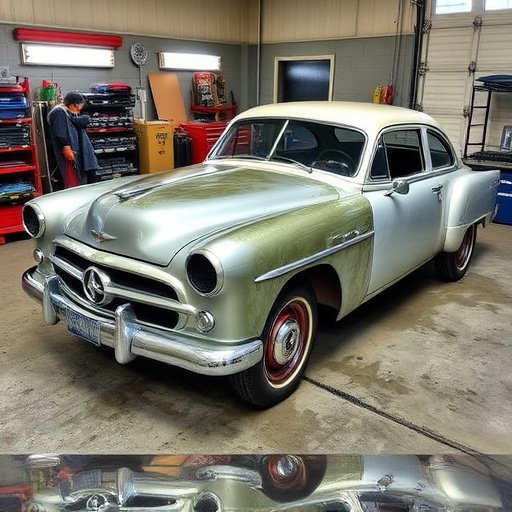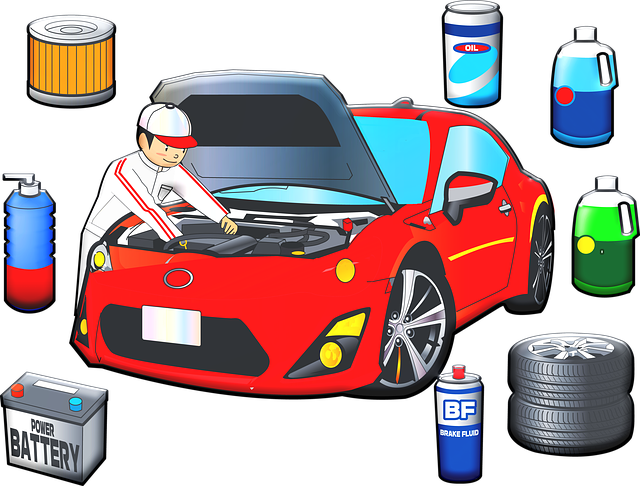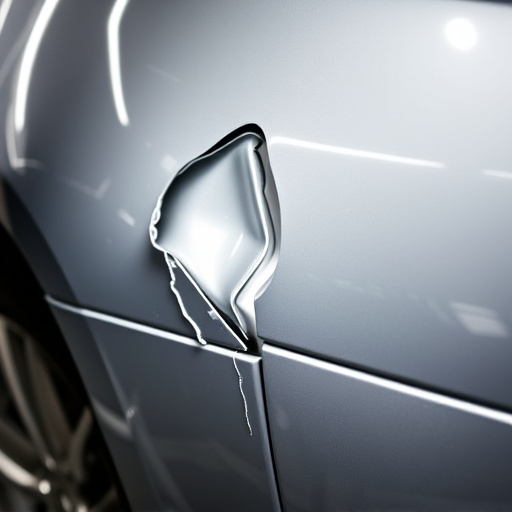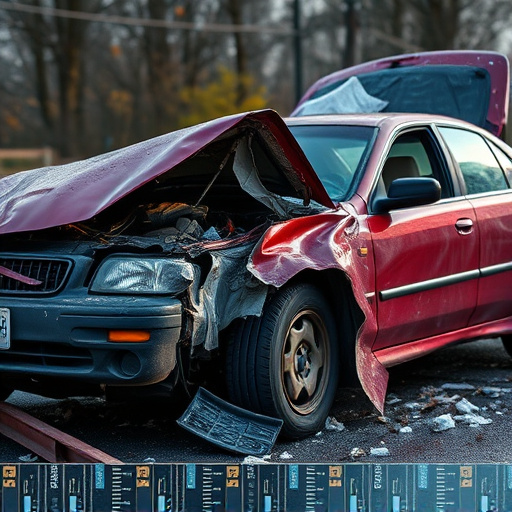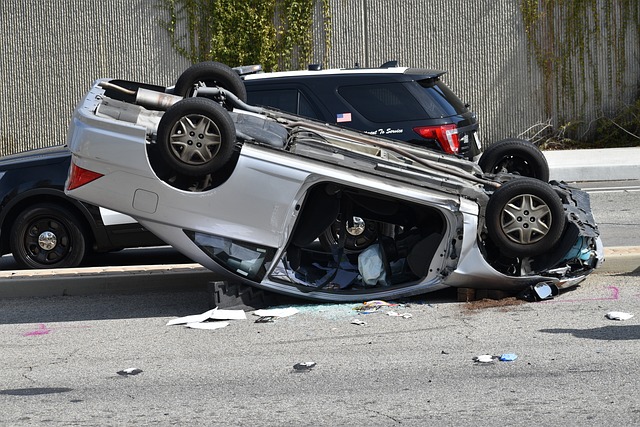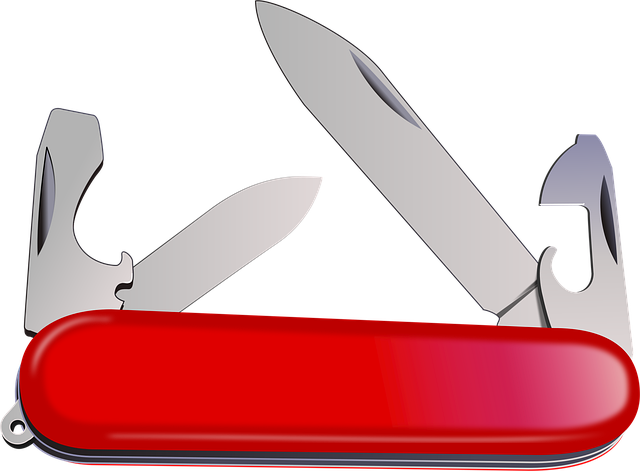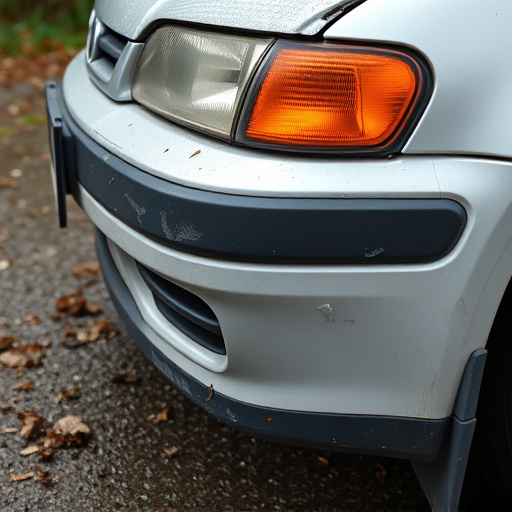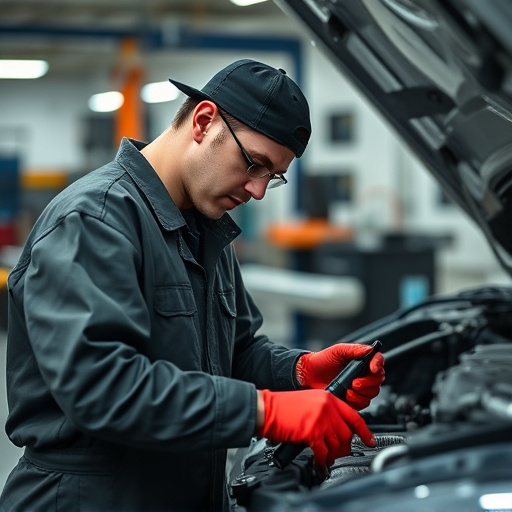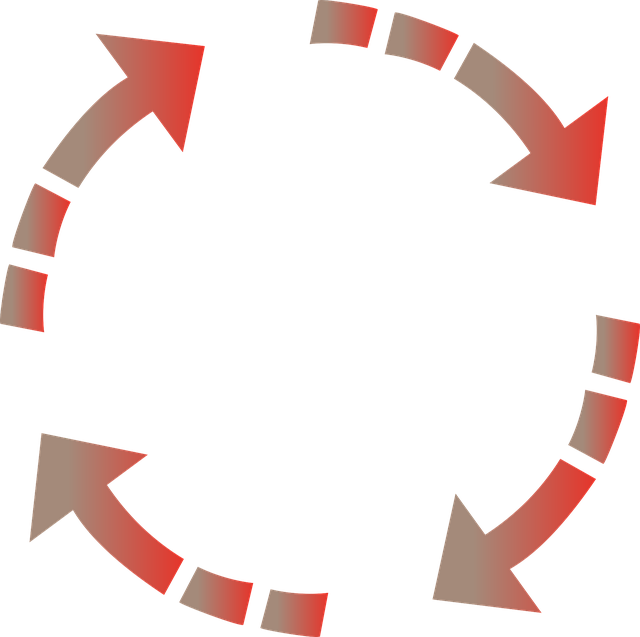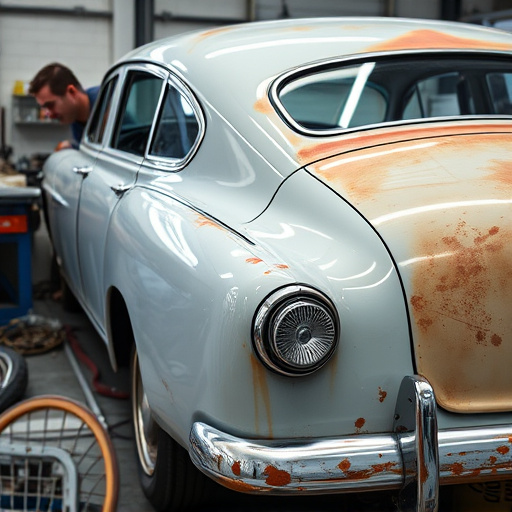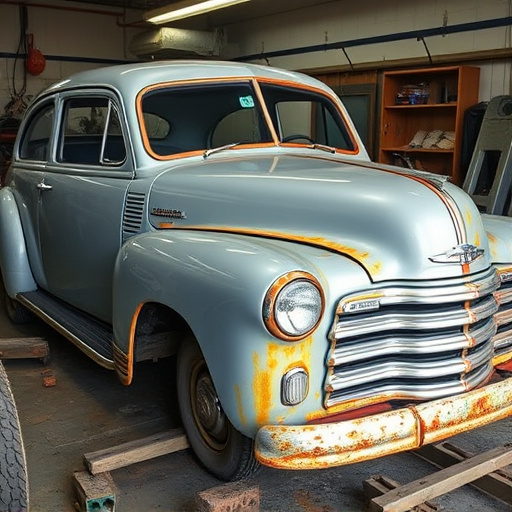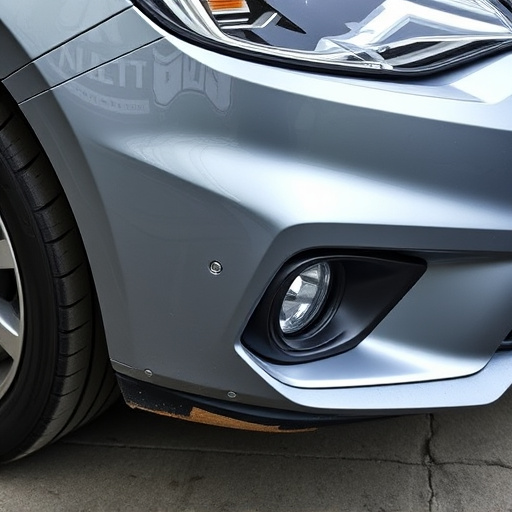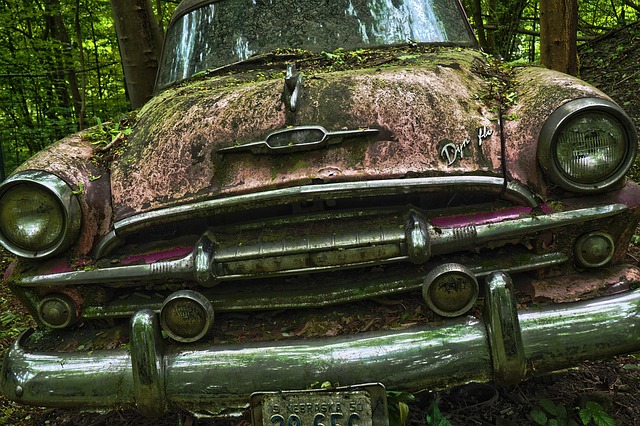Post-accident frame analysis is a detailed process where mechanics use specialized tools to assess vehicle structural integrity after a collision. They inspect components like chassis, body panels, and suspension systems for damage or deformations, guiding repair decisions. Modern technology, including 3D scanning and high-resolution imaging, has enhanced this process, allowing accurate assessments, improved safety standards, and efficient repairs.
In the realm of automotive accidents, a thorough understanding of post-crash frame analysis is crucial for mechanics and insurance professionals alike. This intricate process involves meticulous inspection of vehicle frames to determine structural integrity and identify damage beyond initial visual assessment. From bent panels to misaligned components, every detail matters in assessing safety and calculating repairs. Let’s explore the key aspects, tools, and technologies that play a pivotal role in this critical evaluation.
- Understanding Post-Crash Frame Analysis
- Key Components Inspected During Frame Examination
- Technology and Tools Used in Modern Frame Analysis
Understanding Post-Crash Frame Analysis
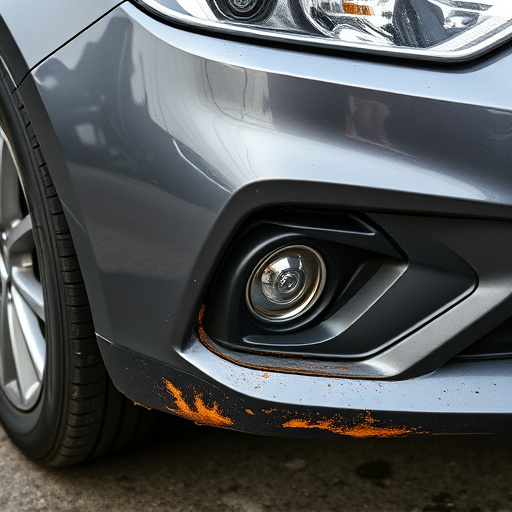
Post-crash frame analysis is a critical process that involves a thorough examination of a vehicle’s structural integrity after a collision. It’s more than just checking for visible damage; it’s about assessing every component to ensure safety and functionality. Mechanics use specialized tools and expertise to analyze the frame, identifying subtle shifts or deformations that might not be apparent to untrained eyes. This meticulous process is crucial in determining if a vehicle is fit for repair or if it requires more extensive structural work, including automotive repair, vehicle restoration, or car paint services.
During this analysis, professionals look beyond the obvious. They inspect and measure various parts of the frame, such as the chassis, body panels, and suspension systems, to pinpoint any misalignments or damage. These findings guide decisions on whether a simple fix or a complete overhaul is needed. Accurate post-accident frame analysis not only ensures driver and passenger safety but also helps in cost-effective vehicle restoration, ensuring that every part undergoes necessary repairs or replacements without unnecessary expenses for car paint services.
Key Components Inspected During Frame Examination
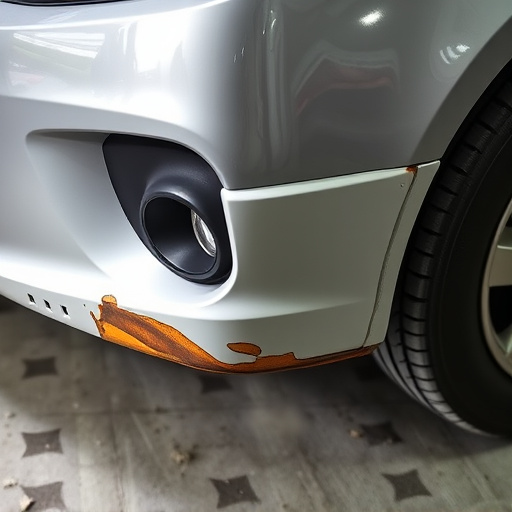
When conducting a post-accident frame analysis, mechanics meticulously inspect several critical components to assess the extent of damage and feasibility of vehicle restoration. Among these, the structural integrity of the frame itself is paramount. Mechanics will closely examine the frame’s rails, cross members, and nodes for any deformity, crack, or displacement, as these are vital for maintaining the vehicle’s overall stability and safety.
Additionally, they will carefully check the alignment of various parts, including the suspension components, steering system, and wheels, to ensure proper positioning and functioning. This process involves detailed assessments of shock absorbers, struts, control arms, and other suspension elements. Furthermore, the inspection includes an evaluation of the frame’s mounting points for the body panels, as well as signs of corrosion or damage that could compromise structural integrity during autobody repairs at a collision repair center.
Technology and Tools Used in Modern Frame Analysis
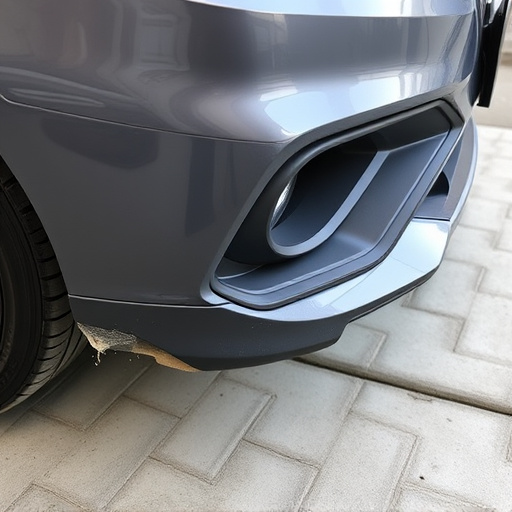
In the realm of post-accident frame analysis, modern technology and tools have revolutionized how mechanics assess vehicle damage. Advanced digital imaging systems, such as 3D scanning and high-resolution cameras, capture detailed data of a car’s structure, allowing for precise measurements and a comprehensive understanding of the impact. These cutting-edge tools enable mechanics to detect even subtle deformities that might be invisible to the naked eye.
Additionally, specialized software is employed to analyze the collected data, facilitating complex calculations and simulations. This technology aids in determining the severity of damage, identifying structural weaknesses, and predicting the feasibility of car body restoration. As a result, modern automotive body shops and auto collision centers can offer more accurate repair estimates, enhance safety standards, and streamline the overall post-crash frame analysis process.
Post-accident frame analysis is a critical process that helps mechanics accurately assess vehicle damage, ensuring safety and structural integrity. By understanding the key components and employing advanced technology, professionals can thoroughly inspect vehicles after crashes. This detailed examination not only aids in repair estimation but also plays a vital role in preventing future accidents by identifying potential design flaws or manufacturing defects. Modern tools have revolutionized frame analysis, making it faster, more precise, and essential for maintaining road safety standards.
